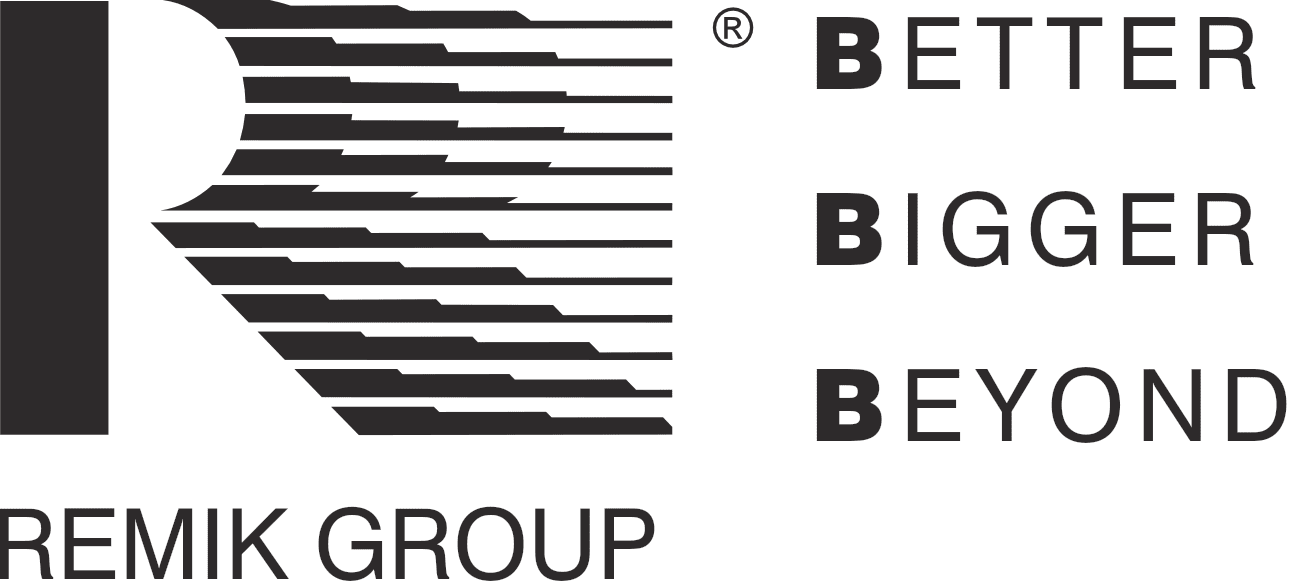- Your cart is empty
- Continue Shopping
BUSINESS DEVELOPMENT
Unlocking Opportunities, Delivering Success
At Remik Pharma, our Business Development expertise ensures smooth market entry, strategic product adaptation, and targeted marketing promotion. We help pharmaceutical companies break into new markets with tailored solutions that align with local regulations and consumer needs. With our guidance, your products gain the visibility and momentum they need for sustained growth.
- Market Research: We gauge and comprehend global or local markets better than anyone else. Before taking the right step, we consider the regulatory environment, market dynamics, socio-political stability, competition, customer needs in the target countries and more.
- Adaptation of Products: We curate your products to meet each market’s specific needs and preferences. This may involve adjustments in formulation, dosage, packaging, or branding to align with local regulations, cultural preferences, and healthcare practices.
- Market Entry Strategy: At Remik Pharma, we identify the optimal market entry approach by assessing critical factors like market size, competition, regulatory challenges, and available resources. Whether through direct exporting, licensing, joint ventures, or setting up subsidiaries and manufacturing facilities abroad, we help you choose the strategy that best aligns with your goals.
- Marketing and Promotion: We tailor-make the perfect marketing strategy to boost product awareness and establish strong brand credibility in your target markets. This includes leveraging digital marketing, targeted advertising, participation in healthcare conferences, and building relationships with healthcare professionals and communities.
- Quality Assurance and Pharmacovigilance: We ensure the highest product safety and efficacy standards through robust quality assurance processes and pharmacovigilance systems.
